6 February 2025
When you think about athletes, your mind probably jumps to intense training, heavy lifting, or sprinting down the track at full speed. But what if I told you that the secret weapon to improving athletic performance might actually be something slower, quieter, and much more zen? Yep, we're talking about yoga.
While yoga might seem like something only those chanting "om" would do, it's quickly becoming a staple in many athletes' training routines. Why? Because stretching and yoga are much more than just a way to relax. They have the potential to improve flexibility, reduce injury risk, and even enhance overall performance.
In this article, we'll dive deep into how yoga can benefit athletes, the science behind stretching, and how you can start incorporating yoga into your routine to take your game to the next level.
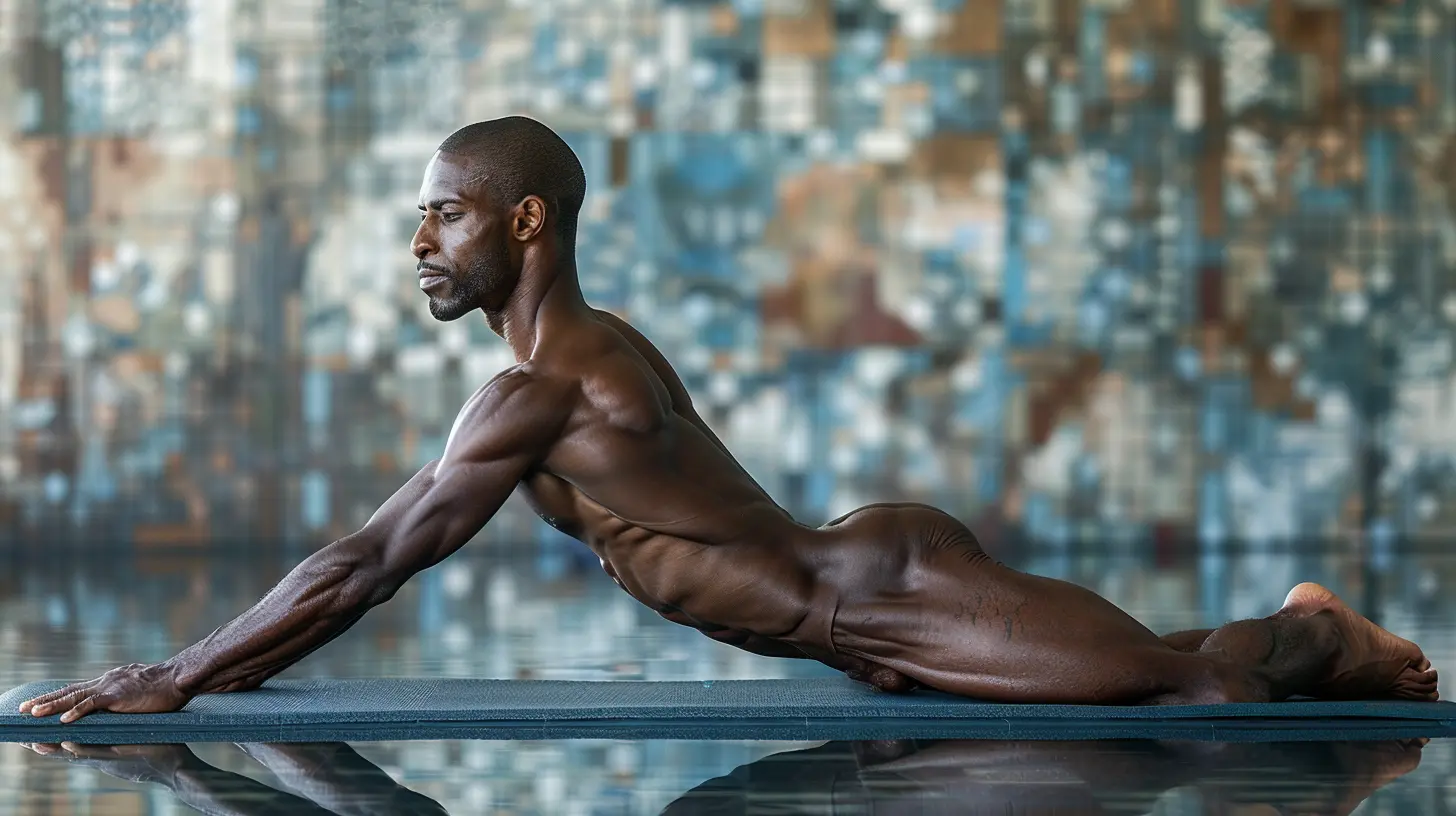
The Science Behind Stretching and Performance
Before we get into the benefits of yoga specifically, it's essential to understand why stretching plays such a critical role in athletic performance. When you stretch, you're not just loosening up your muscles. You're also improving blood flow, enhancing your range of motion, and even helping your body recover faster after intense physical activity.How Does Stretching Work?
Picture your muscles as rubber bands. If you never stretch them out, they stay tight and short, making it difficult to move freely. On the other hand, regularly stretching them allows for more flexibility and strength.When you stretch, you're elongating the muscle fibers, which helps increase flexibility and range of motion. This is crucial for athletes because, in many sports, your ability to move through a full range of motion can directly impact your performance. For example, a basketball player with tight hamstrings might not be able to jump as high, or a runner with tight hip flexors might struggle with their stride length.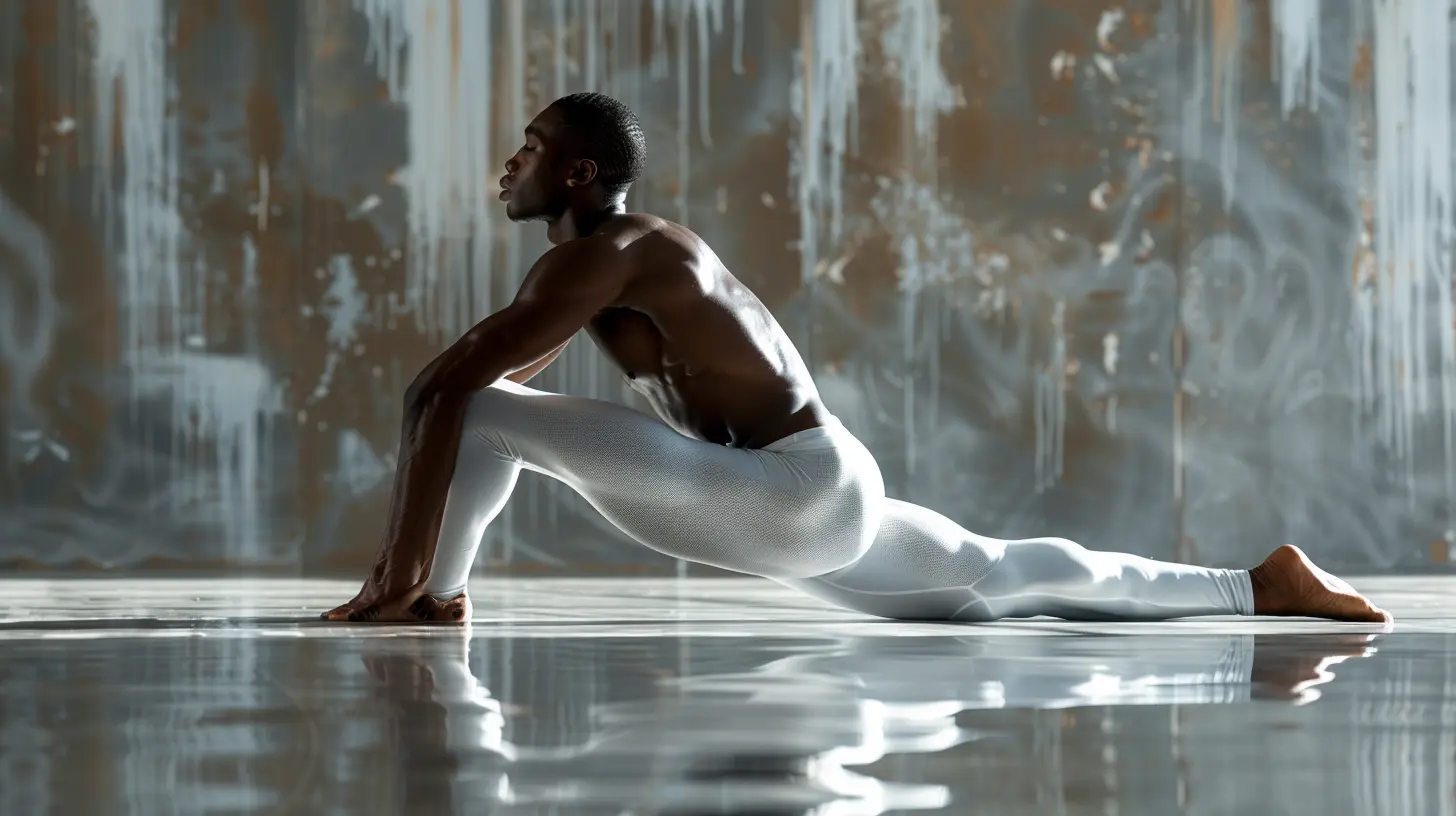
Yoga: More Than Just Stretching
Now, stretching is great on its own, but yoga takes it to a whole other level. Yoga isn't just about touching your toes or doing the splits. It's a full-body practice that includes strength, balance, and, of course, flexibility.1. Flexibility and Range of Motion
Let's face it: most athletes aren't the most flexible creatures. Whether you're a weightlifter who struggles to touch your toes or a runner who can't quite reach down to lace your shoes without grunting, tight muscles can be a real issue. This is where yoga works its magic.Yoga helps lengthen muscles and improve the range of motion in joints, which is crucial for athletes. Whether you're sprinting, jumping, or swimming, being able to move through a full range of motion without restriction can make a big difference in your performance. Imagine having a longer stride when you run or being able to reach higher during a volleyball spike. That's the kind of improvement we're talking about!
2. Injury Prevention
Injuries are every athlete's worst nightmare. One wrong step, one pulled muscle, and you could be out of the game for weeks—or even months. Yoga can help reduce the risk of injury by keeping your muscles loose and your joints mobile.Think of yoga as the oil that keeps your athletic machine running smoothly. When your muscles are tight and stiff, they're more prone to strains and tears. But when they're flexible and strong, they're better at absorbing the impact and stress of intense physical activity.
Plus, yoga helps you develop better body awareness, which means you're more in tune with how your body moves and what it needs. This can help you avoid bad habits or movements that could lead to injury.
3. Strength and Balance
You might be thinking, "Wait, isn't yoga just about stretching?" Nope! Yoga is actually a fantastic way to build strength and improve balance. Many yoga poses require you to engage multiple muscle groups at once, often in ways that traditional strength training doesn't.For example, poses like Warrior II, Plank, and Chair Pose engage your core, legs, and arms simultaneously. These poses help build functional strength, meaning they're preparing your body to move better in everyday life—and in your sport.
Balance is another essential component of athletic performance. Whether you're skating, skiing, or playing basketball, having good balance can give you an edge over your competition. Yoga helps improve proprioception (your body's ability to sense where it is in space), which is key to maintaining balance and coordination.
4. Recovery and Relaxation
Athletes push their bodies to the limit, and without proper recovery, all that hard work can go to waste. This is where yoga’s more relaxing side comes in.Yoga helps activate the parasympathetic nervous system, also known as the "rest and digest" system. This is the opposite of your "fight or flight" stress response, and it helps your body recover faster by lowering your heart rate, improving digestion, and reducing muscle tension.
And let’s be real—after a hard workout, doesn't lying down in Savasana (Corpse Pose) sound like heaven? It’s a great way to let your body relax and recharge.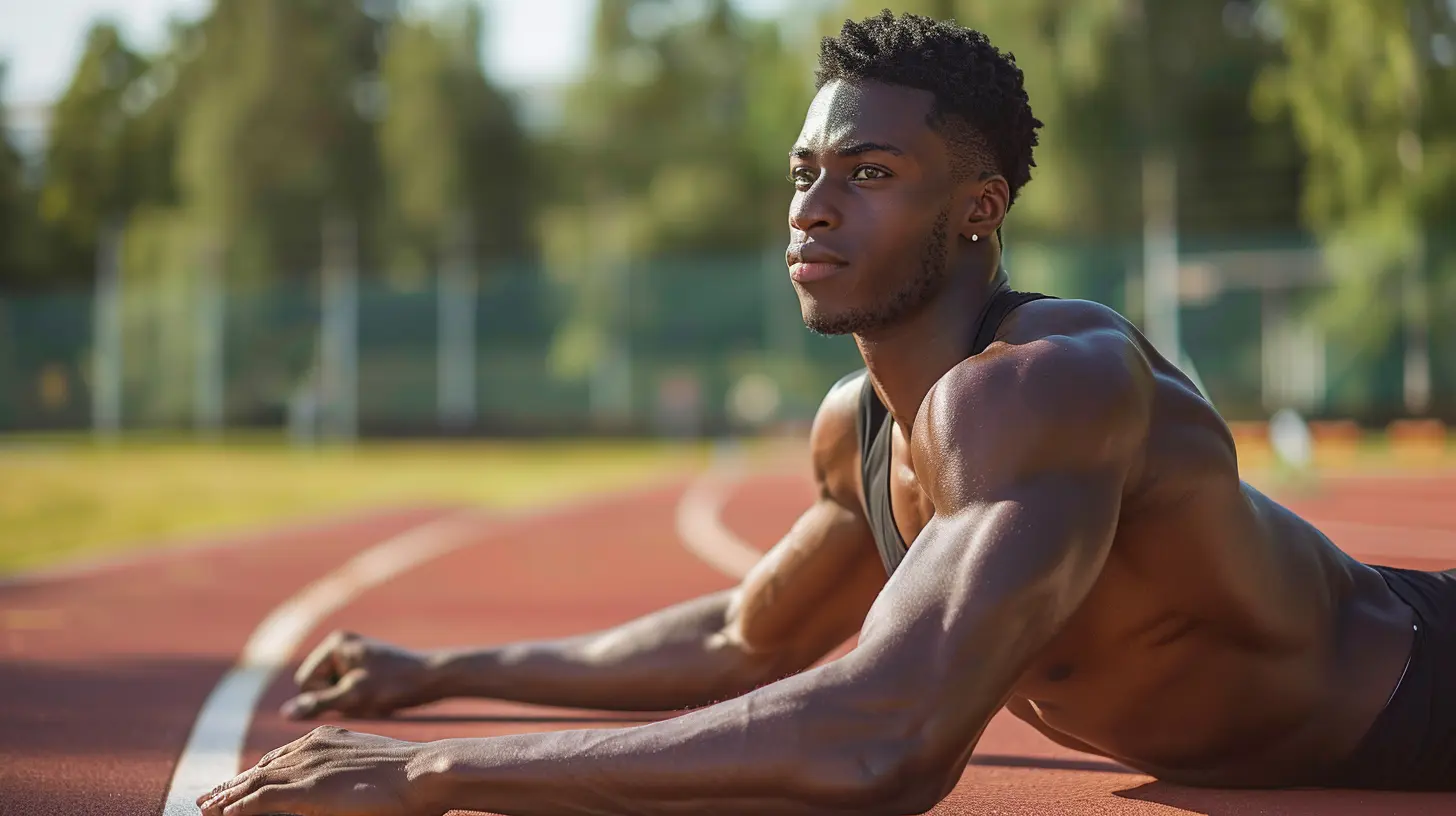
Yoga Poses Every Athlete Should Try
Not all yoga poses are created equal, especially when it comes to athletes. Some poses are particularly beneficial for improving flexibility, strength, and balance. Here are a few that you should consider adding to your routine:1. Downward-Facing Dog (Adho Mukha Svanasana)
This classic pose is fantastic for stretching the hamstrings, calves, and shoulders. It also helps improve overall flexibility and is great for relieving tension in the lower back.2. Pigeon Pose (Eka Pada Rajakapotasana)
Tight hips are a common problem for many athletes, especially runners. Pigeon pose is a deep hip opener that helps stretch the hip flexors and glutes. It’s a bit intense, but it’s worth it!3. Warrior II (Virabhadrasana II)
Warrior II is a powerful pose that strengthens the legs, core, and shoulders. It also helps improve balance and stability, which are essential for athletes in any sport.4. Bridge Pose (Setu Bandhasana)
Bridge pose is excellent for strengthening the glutes, hamstrings, and lower back. It also helps open up the chest and improve posture—something every athlete can benefit from.5. Plank Pose (Phalakasana)
While it might seem simple, plank pose is a killer core workout. A strong core is crucial for almost every sport, from running to swimming to weightlifting. This pose also helps build overall strength and endurance.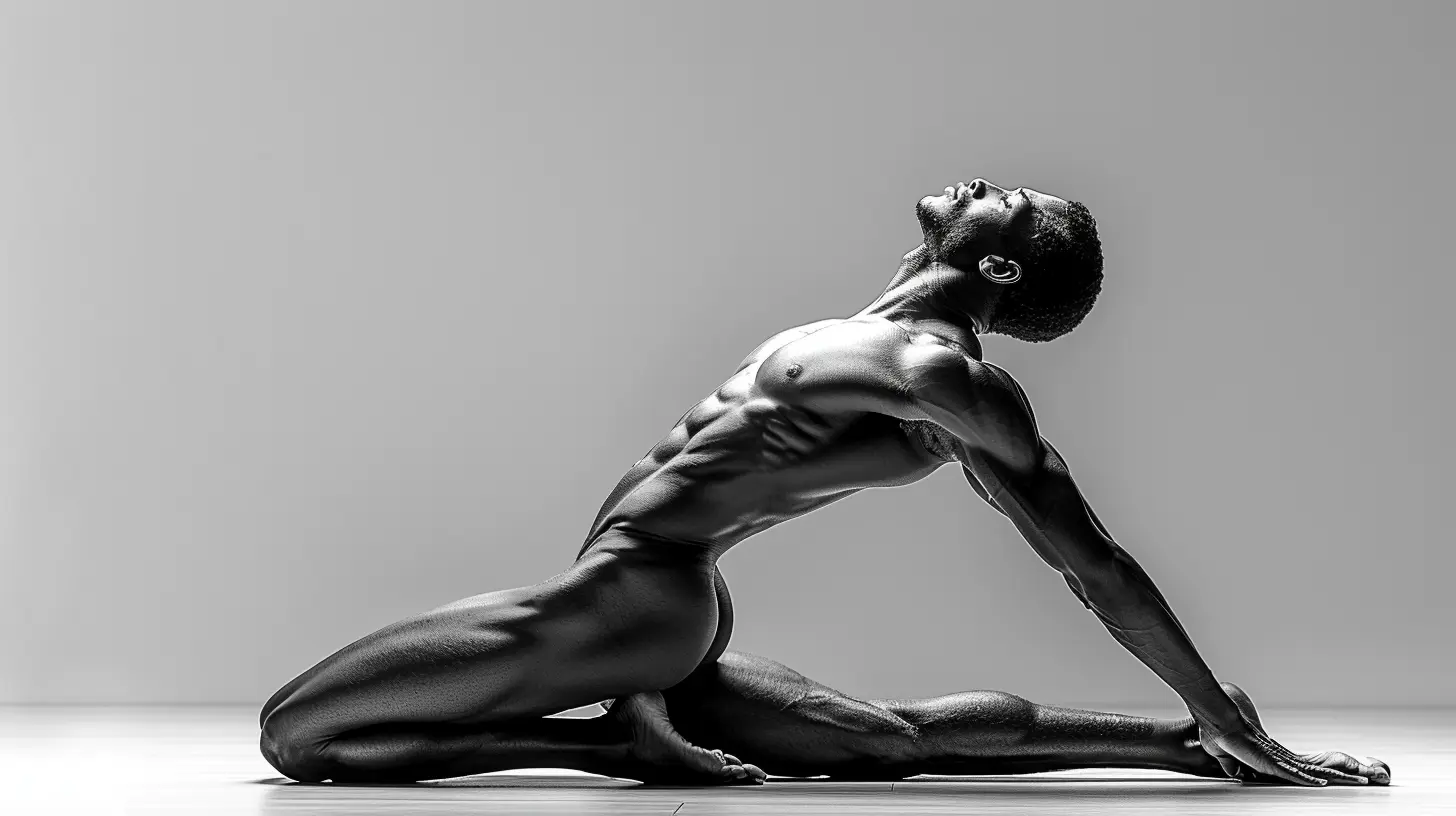
How to Incorporate Yoga Into Your Training Routine
So, how can you start adding yoga to your routine without overhauling your entire workout schedule? Here are a few tips:1. Start Small
You don't need to do an hour-long yoga class every day to reap the benefits. Start with just 10-15 minutes of yoga after your workout, focusing on poses that target your tightest areas. Over time, you can gradually increase the length of your sessions.2. Focus on Your Needs
Every athlete is different, so it's essential to tailor your yoga practice to your specific needs. If you're a runner, focus on hip openers and hamstring stretches. If you're a weightlifter, prioritize shoulder and upper back flexibility. The beauty of yoga is that it can be customized to suit your body and your sport.3. Use Yoga for Recovery
Yoga doesn't have to be just about flexibility and strength. Consider doing a gentle yoga session on your rest days to help your body recover. Poses like Child’s Pose, Savasana, and Legs-Up-the-Wall are fantastic for relaxing and reducing muscle soreness.4. Make It a Habit
Like any fitness routine, consistency is key. Try incorporating yoga into your schedule at least 2-3 times a week. You might be surprised at how quickly you start to see results, both in how you feel and how you perform.Wrapping It Up: Yoga as the Secret Sauce for Athletes
Yoga isn’t just for yogis. It’s for anyone who wants to move better, feel better, and perform better. For athletes, yoga offers a unique combination of flexibility, strength, balance, and recovery that can help elevate your game to new heights.Whether you're looking to prevent injuries, improve flexibility, or simply find a way to relax after a tough workout, yoga has something to offer. So, grab a mat, strike a pose, and see for yourself how yoga can transform your athletic performance.


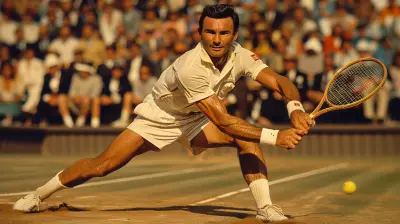


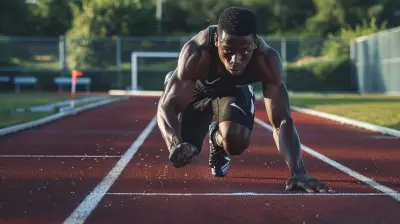



Olympia McFarlin
Great insights! It’s inspiring to see how yoga can enhance performance and well-being for athletes. Every little bit of care counts!
March 25, 2025 at 5:32 AM